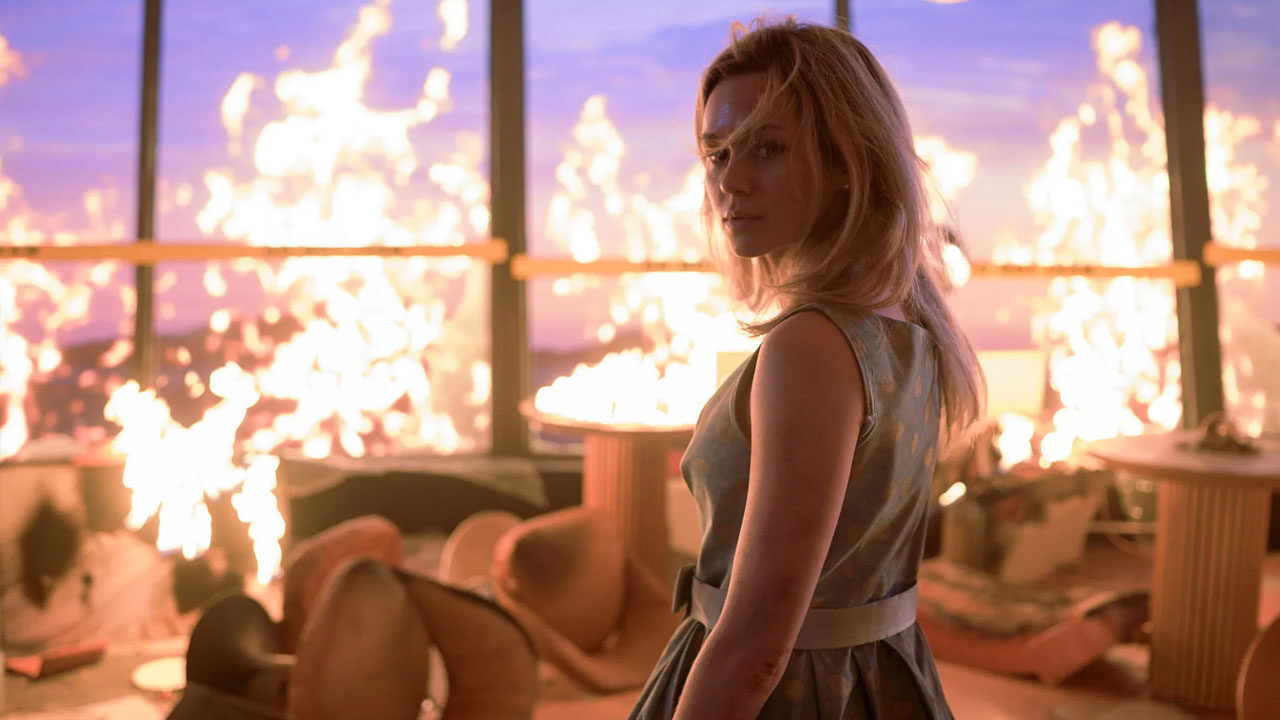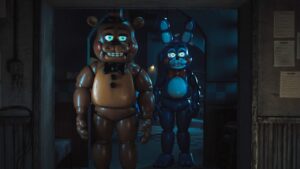Ever since I watched the first film in the series, the Final Destination franchise has had me hooked. It was built on a very simple but incredibly bleak premise: you can’t cheat death. Now, after a 14-year hiatus, the series returns with Final Destination Bloodlines, a film that embraces the franchise lore while revitalizing its signature formula with just enough new ideas to make fans—both new and old—embrace the concepts brought forward.
With new emotional stakes, truly unique set pieces and a fresh generational twist, Final Destination Bloodlines is the shot in the arm the series needed to stay relevant. While it may not reinvent the wheel, Bloodlines brings enough to the table to make this one of the best entries we’ve seen since the second installment—something I didn’t expect to say about a sixth entry in any franchise.
Make no mistake, this is still very much a Final Destination film, and still involves all the same tropes and concepts we have seen before, but it does it with full knowledge of its absurdity, which makes it hard not to just embrace the madness and go along for one hell of a ride.
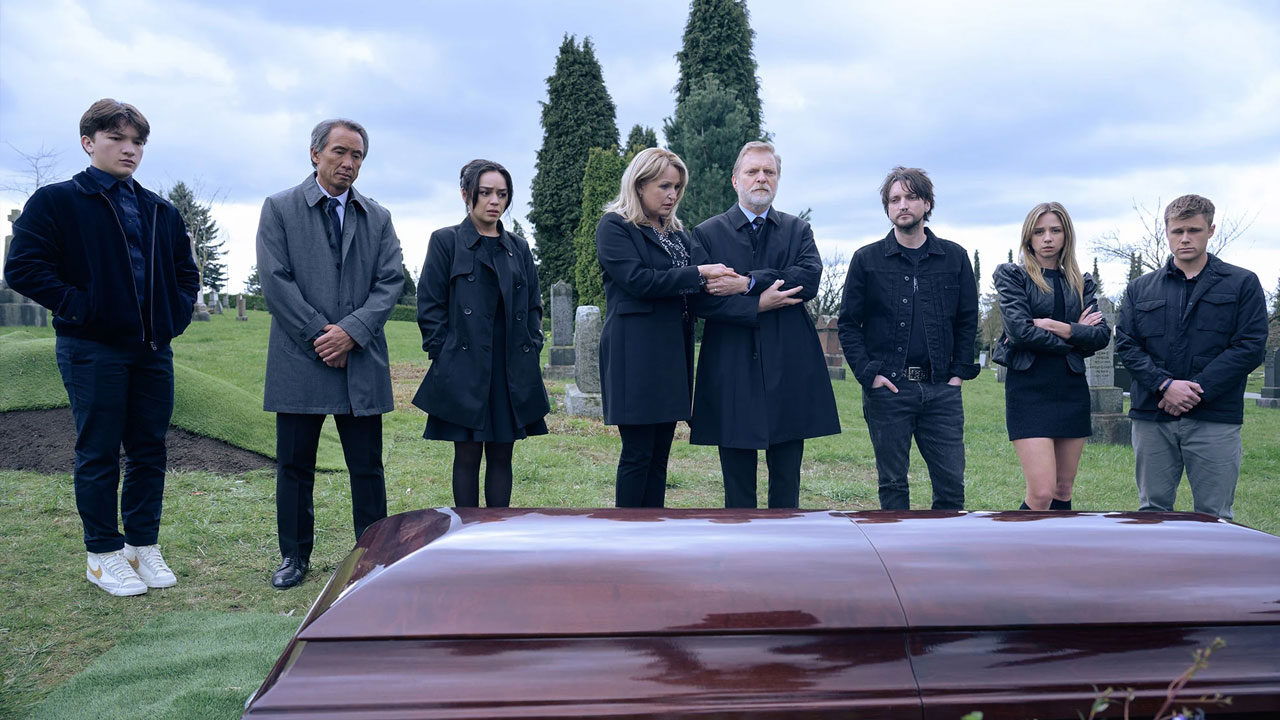
Final Destination Bloodlines follows Stefani, a college student plagued by recurring nightmares of a grisly tower accident from the 1960s. As she struggles with these nightmares and a growing lack of sleep, she decides to head home in search of answers, particularly why these haunting visions persist when, as far as she knows, this tragedy never happened. (Yes, we can all guess where this is going if you’ve seen any other film in the franchise.)
Of course, this leads Stefani to uncover a dark family secret: her visions are premonitions tied to a real tragedy narrowly avoided by her grandmother, Esther, decades earlier. Esther’s act of cheating death set off a chain reaction, and now, as her time runs out, death is coming for everyone in her bloodline—one by one, in birth order. The film cleverly intertwines the franchise’s trademark fatalism with a compelling family drama, raising the stakes beyond the usual group of friends or strangers.
“Final Destination Bloodlines is the shot in the arm the series needed to stay relevant.”
Final Destination Bloodlines distinguishes itself with a larger cast of characters, each with distinct personalities and motivations, all linked by blood, unlike past instalments, which were typically filled with relative strangers or classmates. Bobby, the sweet but anxious high school linebacker, is the first to believe Stefani’s warnings, while his brother Derek, a tattooed skeptic, gleefully mocks the idea—until he narrowly escapes his own brush with death in a brilliantly staged tattoo parlour sequence. Julia, the snarky cousin, relishes Stefani’s discomfort and refuses to buy into the supernatural threat. This family dynamic adds a layer of tension and emotional resonance, making the inevitable deaths more impactful.
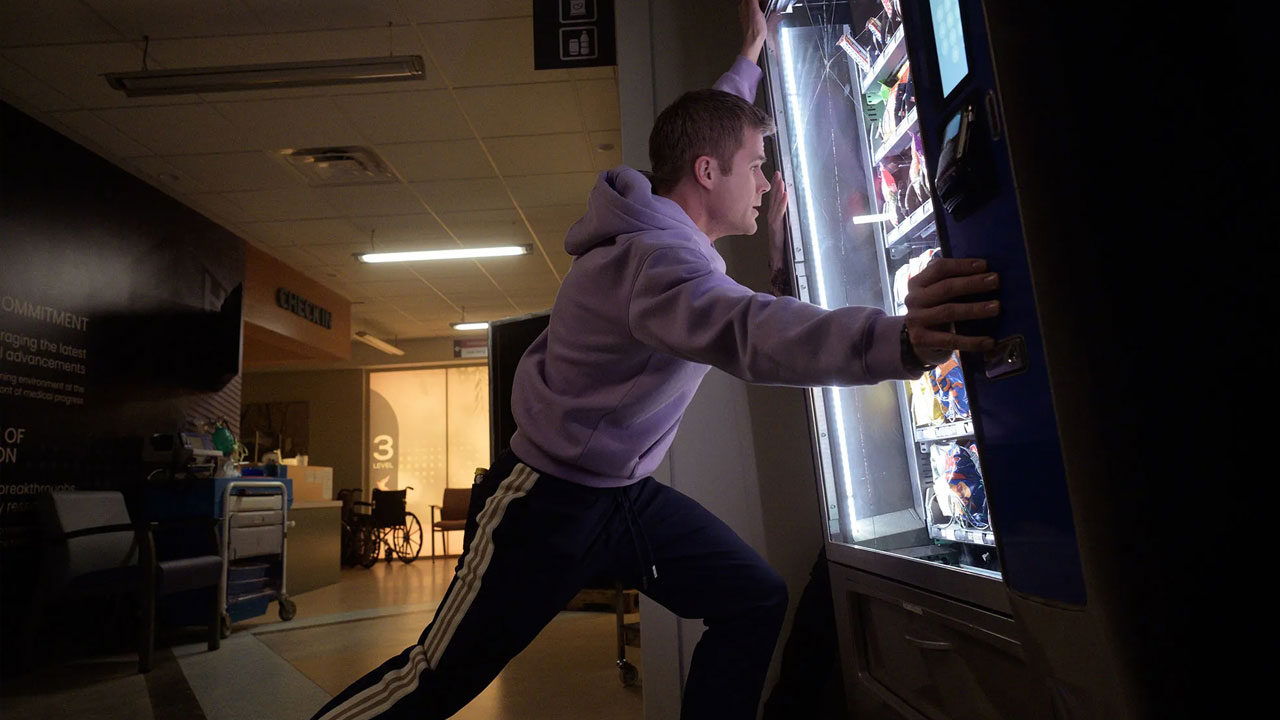
If you’ve seen a Final Destination film before, you’ll quickly recognize the familiar tropes and the Rube Goldberg–style machines of death being woven around the characters. It’s just as absurd as we’ve seen before, but there’s a charm to the insanity, with each new kill becoming more ridiculous as the film goes on. That’s part of the appeal—even the characters themselves acknowledge this as they’re picked off one by one.
And that’s why this film works. Final Destination Bloodlines is the most self-aware the series has ever been, and it’s fully willing to embrace the absurdity of its premise. The film plays with the viewer’s expectations, making every innocuous moment around the characters feel like an anxiety-inducing question: How is this going to go south? We know something is going to happen—we just don’t know what. No matter how safe or unsafe a setting may be, somehow Death ensures the kills unfold in the most insane way possible, with more blood and gore than should be physically possible.
“Final Destination Bloodlines is the most self-aware the series has ever been, and it’s fully willing to embrace the absurdity of its premise.”
Bloodlines is not content to simply rehash old ideas. It expands the franchise’s mythology by exploring the consequences of cheating death across generations, introducing new rules and possibilities that keep the narrative fresh. The film poses an intriguing question: How long will death wait if an entire disaster’s worth of people are saved? As it turns out, generations. Although it does seem that the only thing allowing death to do so much damage is people being as stupid and careless as possible, but that, too, feels like part of the franchise’s charm.
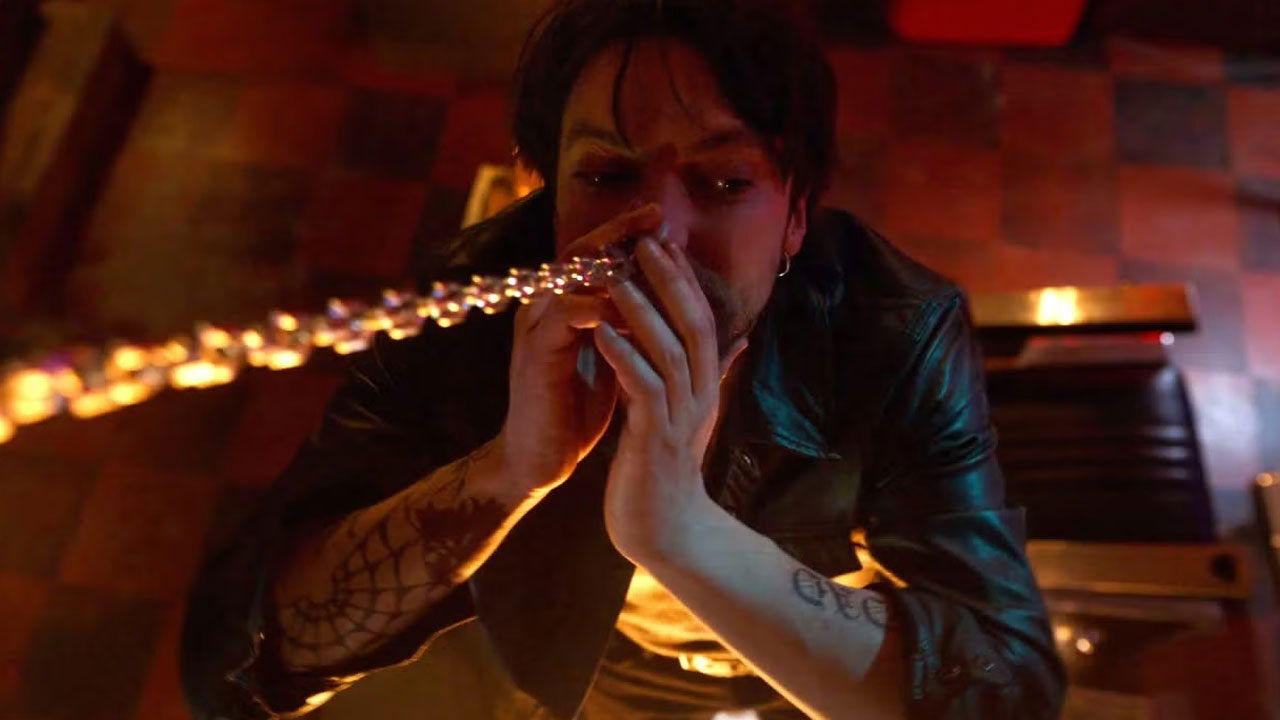
The film’s technical execution is equally impressive. The death sequences are meticulously crafted, with each set piece escalating the tension and showcasing the filmmakers’ flair for visual storytelling. The use of practical effects and clever camera work grounds the more outlandish moments, making the audience squirm in anticipation with every close call. Some of the kills later in the film ratchet up the chaos, with it feeling like death has pulled out all the stops to get the list checked off—each new name requiring increasingly twisted methods to take them down.
Final Destination Bloodlines is a blood-soaked return for a franchise that could have easily faded into obscurity. Instead, it delivers a film that is bigger, bloodier and more emotionally resonant than its predecessors—even as the core premise remains relatively unchanged. Whether you’re a die-hard fan or a newcomer, Final Destination Bloodlines is a must-see on the biggest screen possible, ideally with a crowd ready to gasp, laugh and squirm in unison. Yes, the series is just as absurd as it ever was, but it’s this insanity that made it so memorable—and I wouldn’t have it any other way.
